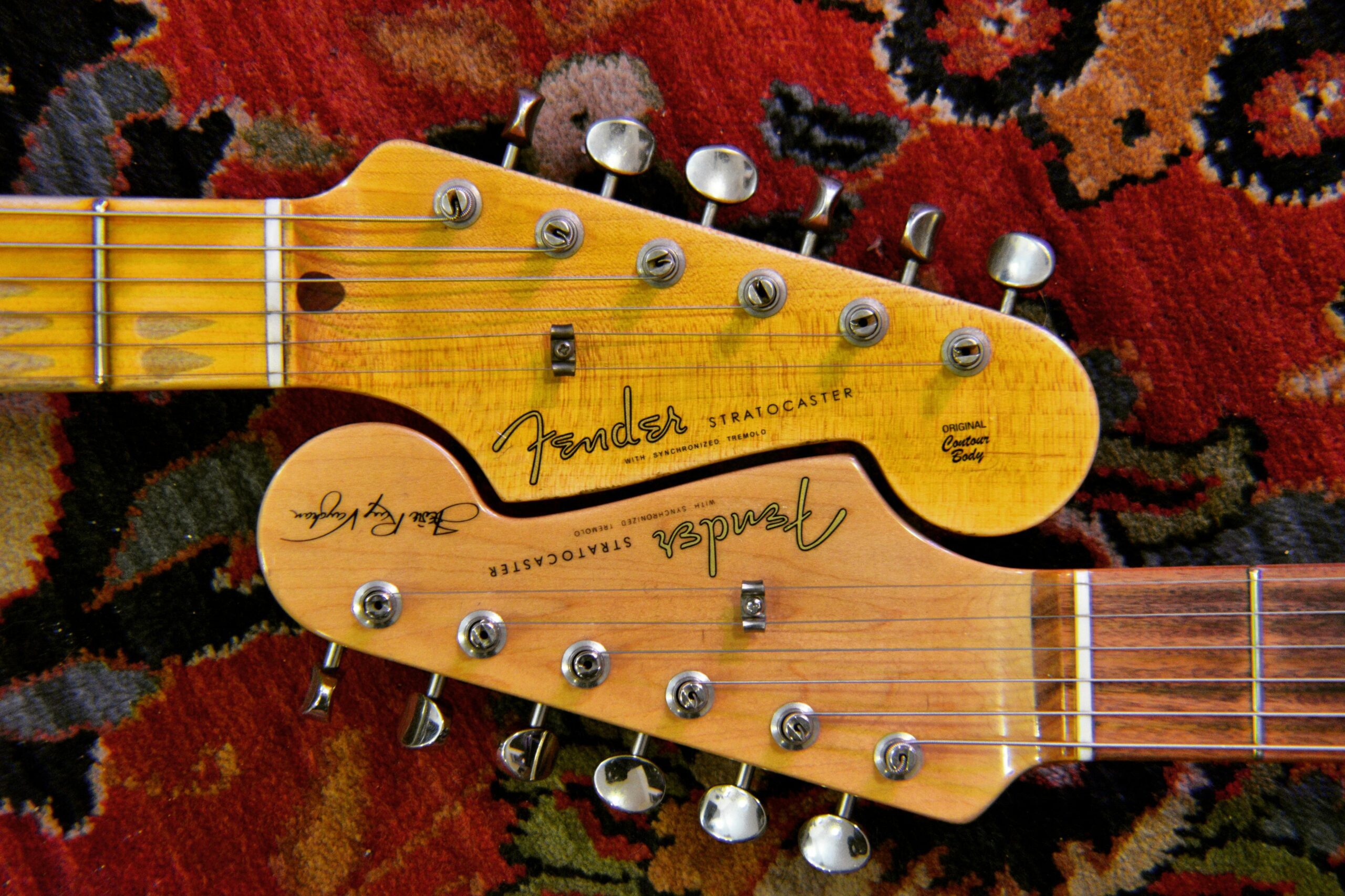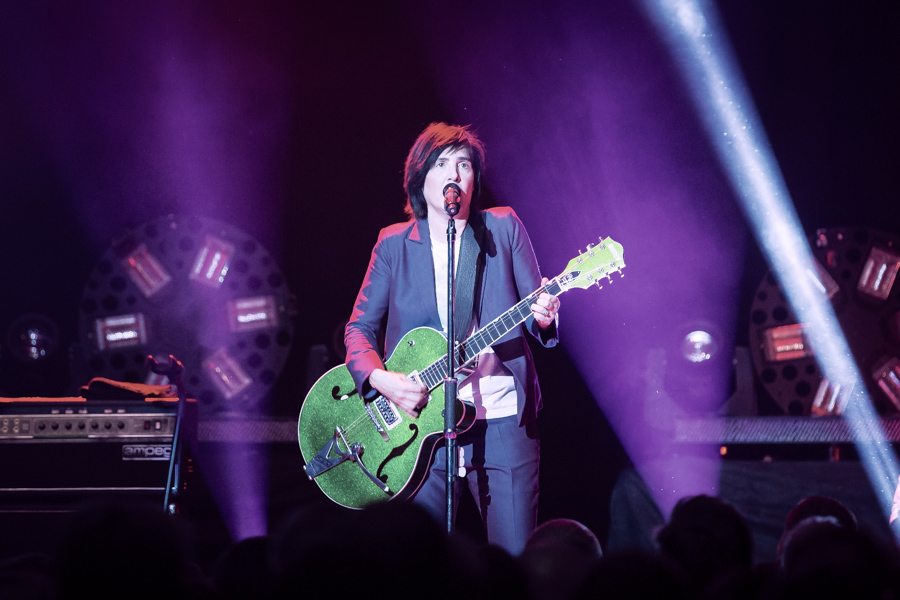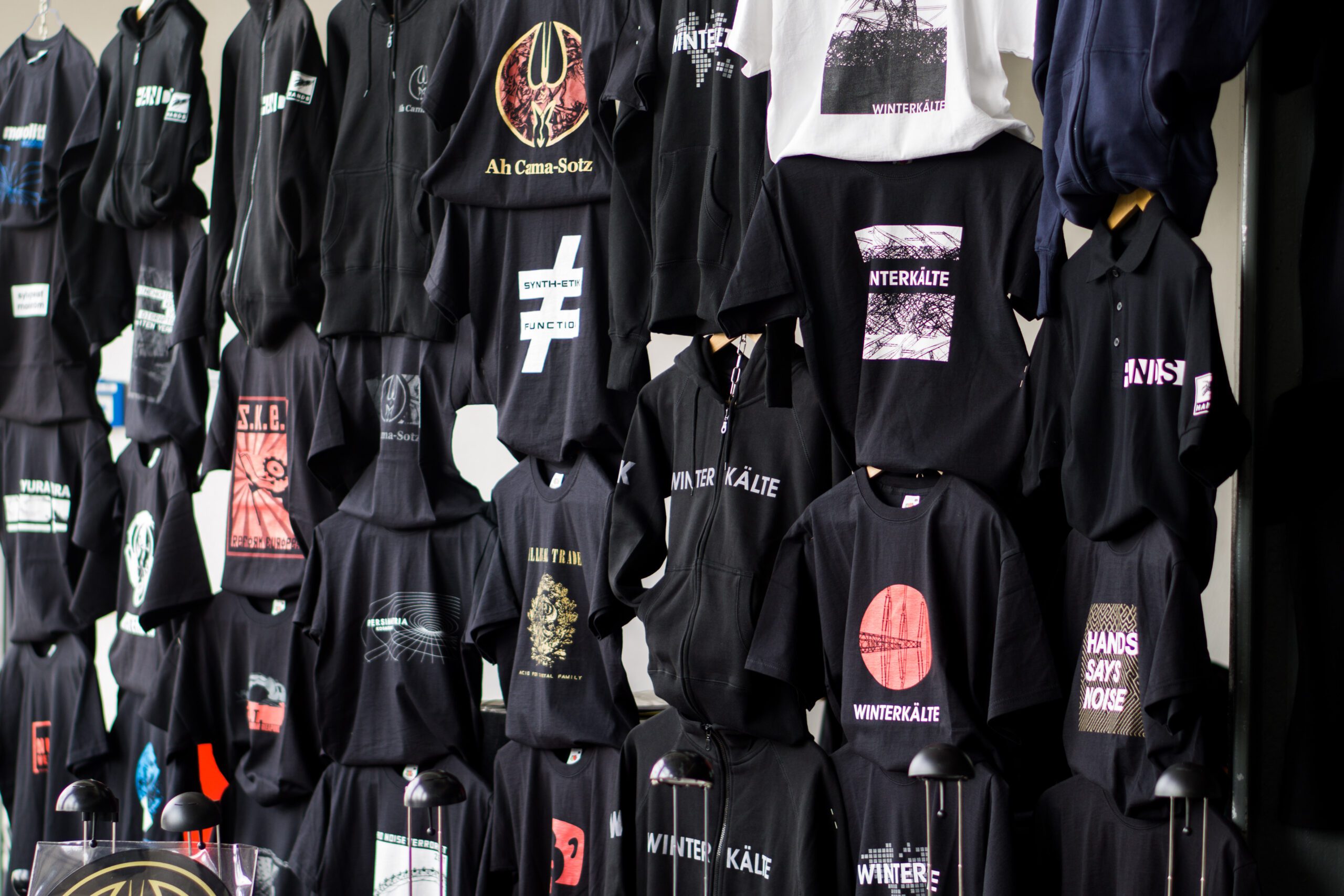Are you wonder how to tune a guitar? If so, look no further! Tuning your guitar is one of the fundamental skills every guitarist should master. A well-tuned guitar ensures that you’ll produce the best possible sound and play in harmony with other instruments. Whether you’re a beginner or an experienced player, understanding the nuances of tuning is essential. This comprehensive guide will walk you through the various methods and techniques to tune your guitar accurately.
Why Tuning is Important (How To Tune A Guitar)


Before delving into the tuning process, let’s understand why tuning is crucial:
- Sound Quality: A properly tuned guitar produces clear, resonant tones, enhancing the quality of your performance.
- Melodic Accuracy: Correct tuning ensures that each string produces the intended pitch, allowing you to play melodies and chords accurately.
- Harmony: In group settings, such as bands or ensembles, tuning ensures that all instruments are in sync, creating harmonious music.
- Prevention of String Damage: Proper tuning helps prevent excessive tension on the strings, reducing the risk of breakage.
Basic Guitar Anatomy (How To Tune A Guitar)
Before you begin tuning your guitar, familiarize yourself with its basic components:
- Headstock: The top part of the guitar where the tuning pegs are located.
- Tuning Pegs: Small knobs on the headstock used to adjust the tension of the strings.
- Nut: A small strip located at the junction of the headstock and the fretboard, guiding the strings to the tuning pegs.
- Fretboard: The flat surface on which you press the strings to produce different notes.
- Frets: Metal strips embedded along the fretboard, dividing it into segments to produce different pitches.
- Bridge: The point where the strings are anchored to the body of the guitar.
Tuning Methods (How To Tune A Guitar)
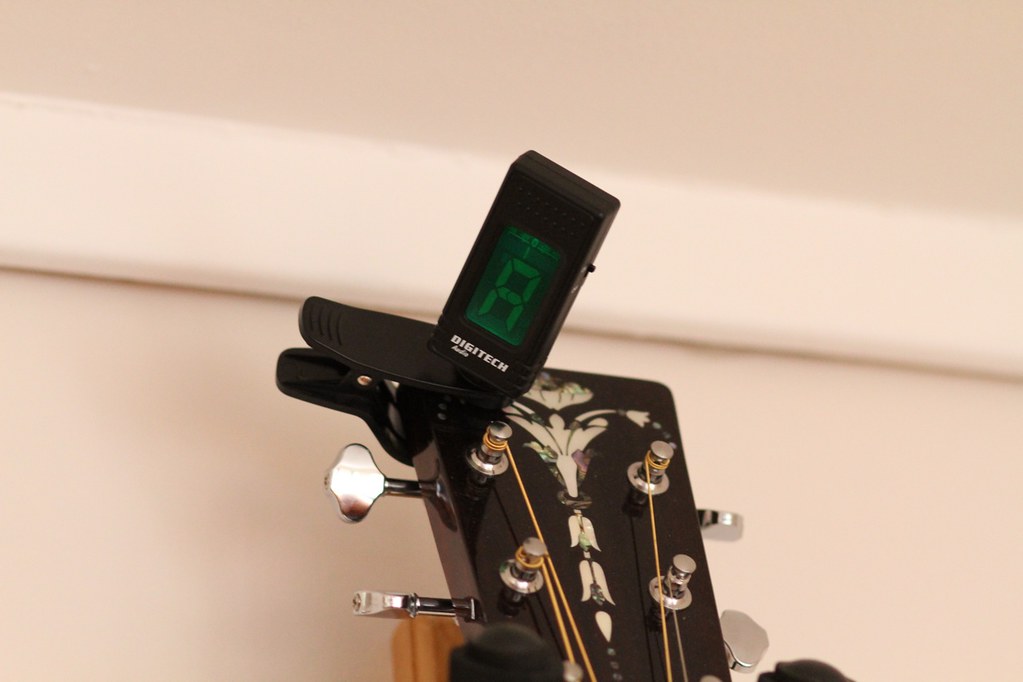

There are several methods to tune a guitar. The most common ones include:
- Using a Tuner: Electronic tuners are devices that detect the pitch of each string and indicate whether it’s too high, too low, or in tune.
- Tuning by Ear: This method involves tuning the guitar strings to match a reference pitch, typically the notes produced by another instrument, a tuning fork, or a pitch reference online.
- Using a Piano or Keyboard: If you have access to a piano or keyboard, you can tune your guitar by matching the pitch of each string to the corresponding keys on the instrument.
Standard Tuning
Standard tuning is the most commonly used tuning for guitars, where the strings are tuned to the following pitches from low to high:
- E (6th String)
- A (5th String)
- D (4th String)
- G (3rd String)
- B (2nd String)
- E (1st String)
Tuning with a Tuner
Using an electronic tuner is one of the easiest and most accurate methods to tune your guitar. Here’s how to do it:
- Turn on the Tuner: Activate your tuner and make sure it’s set to guitar mode.
- Pluck the String: Start with the low E string (6th string) and pluck it gently.
- Read the Display: The tuner will indicate whether the string is too low (flat), too high (sharp), or in tune. Adjust the tuning peg accordingly until the tuner shows that the string is in tune.
- Repeat for Each String: Move on to the next string (A string) and repeat the process until all strings are tuned accurately.
Tuning by Ear


Tuning by ear requires a good sense of pitch and can be challenging for beginners. However, with practice, you can develop this skill effectively. Here’s how to tune your guitar by ear:
- Use a Reference Pitch: Start by tuning one string to a reference pitch. This can be a piano, another instrument, or an online reference.
- Tune Adjacent Strings: Once one string is in tune, use it as a reference to tune the adjacent strings. For example, you can fret the 5th fret on the low E string to produce the A note and tune the A string accordingly.
- Check Intervals: Pay attention to the intervals between strings. For example, the interval between the 5th fret on one string and the open string next to it should be the same as the interval between the 4th and 5th frets on the lower string.
Tuning with a Piano or Keyboard
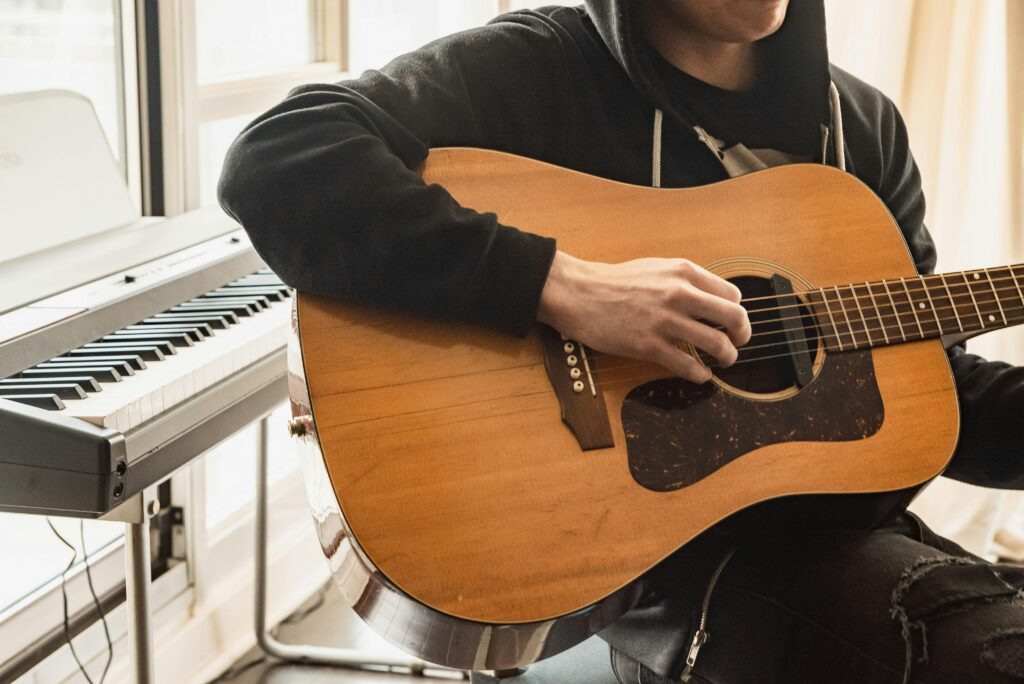

If you have access to a piano or keyboard, you can use it as a reference to tune your guitar. Here’s how:
- Find the Corresponding Notes: Identify the keys on the piano that correspond to the open strings of the guitar. For example, the low E string corresponds to the E key on the piano.
- Tune Each String: Play the piano key corresponding to each open string and tune the guitar string until they produce the same pitch.
- Use Octaves: You can also use octave intervals to tune the strings. For example, the 12th fret on the low E string should produce the same pitch as the open high E string.
Tips for Accurate Tuning
Regardless of the method you choose, here are some tips to ensure accurate tuning:
- Tune Regularly: Make tuning a regular part of your practice routine, as strings tend to go out of tune over time, especially after playing.
- Check Multiple Times: Double-check the tuning of each string to ensure accuracy, as minor adjustments may be necessary.
- Listen Carefully: Train your ear to recognize when a string is in tune by listening for beats or fluctuations in pitch.
- Use Light Pressure: When tuning, apply gentle pressure to the tuning pegs to avoid overshooting the desired pitch.
- Stretch the Strings: After tuning, stretch each string gently by pulling it away from the fretboard to help stabilize the tuning.
- Consider Alternate Tunings: Experiment with alternate tunings to explore different sounds and expand your musical possibilities.
Conclusion
Tuning your guitar is a fundamental skill that every guitarist should master. Whether you use an electronic tuner, tune by ear, or use a piano as a reference, the key is to ensure that each string is accurately tuned to the desired pitch. With practice and patience, you’ll develop a keen sense of pitch and be able to tune your guitar quickly and effectively. So, grab your guitar, tune it up, and let the music flow!
